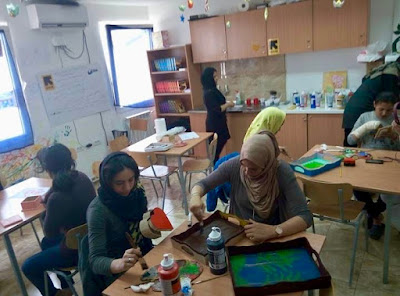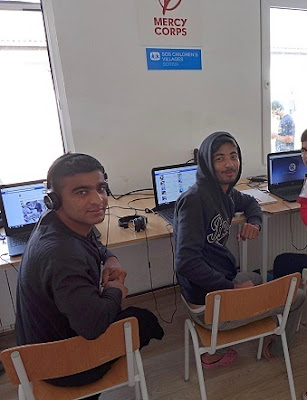Returning to the comforts I used to be accustomed to in America, and BASIS Phoenix, after witnessing the hardships and resilience of such lighthearted, good-spirited, and undeservingly punished people, has been a drastic shift (to say the least).
I will forever be grateful to my teacher and on-campus mentor, Darin Namminga, for his support in this untraditional project since the beginning, and my on-site mentor, Lieutenant Colonel Tomislav Djordjević, who took a big leap of faith by allowing a high schooler from Arizona to intern at the Ministry of Defense in the Republic of Serbia.
However, without BASIS Phoenix, and my ever-supportive and understanding college counselors, Bridget Querciagrossa and Kate Taylor, I never would have had the experiences I have been documenting on this blog and those which have remained un-published, but will never be forgotten. My senior project has been life-changing, with no exaggerations to the sentiment, because I have realized where my priorities lay and have solidified my passion in the sphere of international human rights.
Through all of this I have gotten out of my shell; phoning and emailing various organizations seeking commentary to include in my blog, and communicating with spokespeople the likes of the International Organization for Migration in Rome and Hot Food Idomeni, was a push that my communication skills are grateful for.
I appreciate those of you who have followed along on this journey, it has been a remarkable undertaking and a fantastic growing experience for me. As some of you may not be able to make it to my presentation on May 6th, you can view the slides of my PowerPoint presentation here.
 |
| Farewell, for now. |





















































